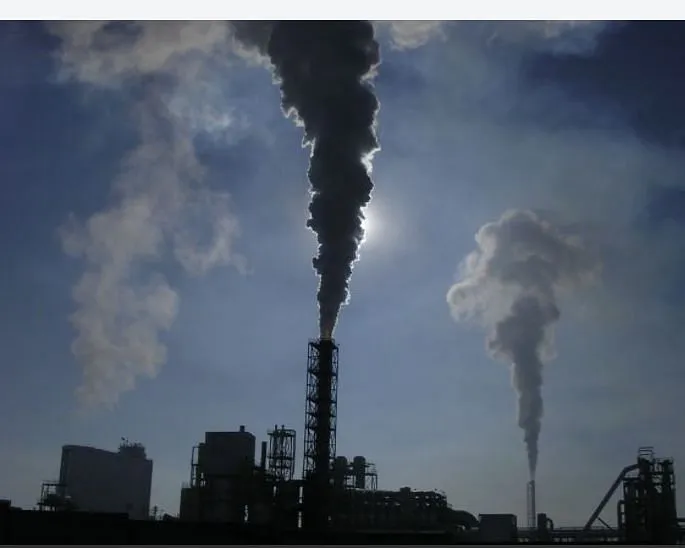Industrial relations comprise a field of association existing as a result of the necessary collaboration of male and female labour force in the process of employment in the country.
Such relations are the composite outcome of the outlooks and approaches of employers and employees towards each other with regard the overall development of an organisation. Industrial relations take account of the rules governing employment coupled with the manner in which rules are framed and changed.
Industrial relations comprise two aspects namely cooperation and conflict. Every industrial relations organization aims to prevent conflict and promote cooperation between employers and employees.
With the onset of COVID-19, industrial relations in an organization have undergone big changes and therefore the two important aspects of cooperation and conflict have also undergone changes.
COVID-19 raised the graph of conflict and declined the graph of cooperation among organisations. Therefore, to reduce conflict and improve cooperation among organisations, industrial relations expect employers to strive for robust human resource practices.
Collective bargaining requires healthy human resource. Collective bargaining is a method by which disputes pertaining to employment are resolved cordially and voluntarily.
It has played significant role in negotiating with the associations of employers and government so as to make sure the economy is working properly and industrial relations are maintained.
Most of the unions that operate at all levels were significantly affected by the wave of COVID-19 in terms of both incidence and coverage of collective bargaining.
There is a difference between formal collective bargaining and informal collective bargaining as far as frequency of collective bargaining is concerned.
With every passing day of COVID-19, the frequency of formal collective bargaining has reduced while as that of informal collective bargaining frequency has increased.
Collective bargaining and participative management are regarded as instances of ascending participation which is restricted by social distancing and lockdowns.
Since the inception of militancy in Jammu and Kashmir, we have seen bad industrial relations. Many studies have concluded that neither direct nor third party dispute settlement strategies have maintained industrial relations in Jammu and Kashmir.
There are many reasons for bad industrial relations here such as bad political economy, less capital formation, lack of proper infrastructure etc. Most of the trade unions that operate in different districts of Jammu and Kashmir were considerably affected by COVID-19 shocks.
There is a lack of formal collective bargaining and efficient trade unions in Jammu and Kashmir. With every passing day of COVID-19, the quality of both formal and informal collective bargaining has come down.
Social distancing and lockdowns have taken a heavy toll on rural and indigenous sectors which provide employment to the majority of people in Jammu and Kashmir. Industrial relations got weakened in such sectors due to pandemic.
The COVID-19 crisis coupled with its dual outcomes viz. social distancing and lockdowns stimulated various reactions by unions and industrial relations (IR) stakeholders to safeguard incomes and wellbeing.
In developing economies of the world, the Government’s health schemes involved an enormous injection of government funds into the economy to secure jobs, at the same time we find great cooperation on the part of trade unions and employer groups so as to provide backup and safety net to hard-hit businesses.
To maintain industrial relations, the Governments in all COVID-19 hit countries must provide loan schemes, labour perks, and wage subsidies for businesses, combined with supplementary income support.
Furthermore, government must try to bring positive changes to corporate taxes, and provide backup for key sectors of the economy. All productive sectors of the economy need a big push by the government.
Dr. Binish Qadri Assistant Professor, Department of Economics, Cluster University, Srinagar
Disclaimer: The views and opinions expressed in this article are the personal opinions of the author.
The facts, analysis, assumptions and perspective appearing in the article do not reflect the views of GK.






